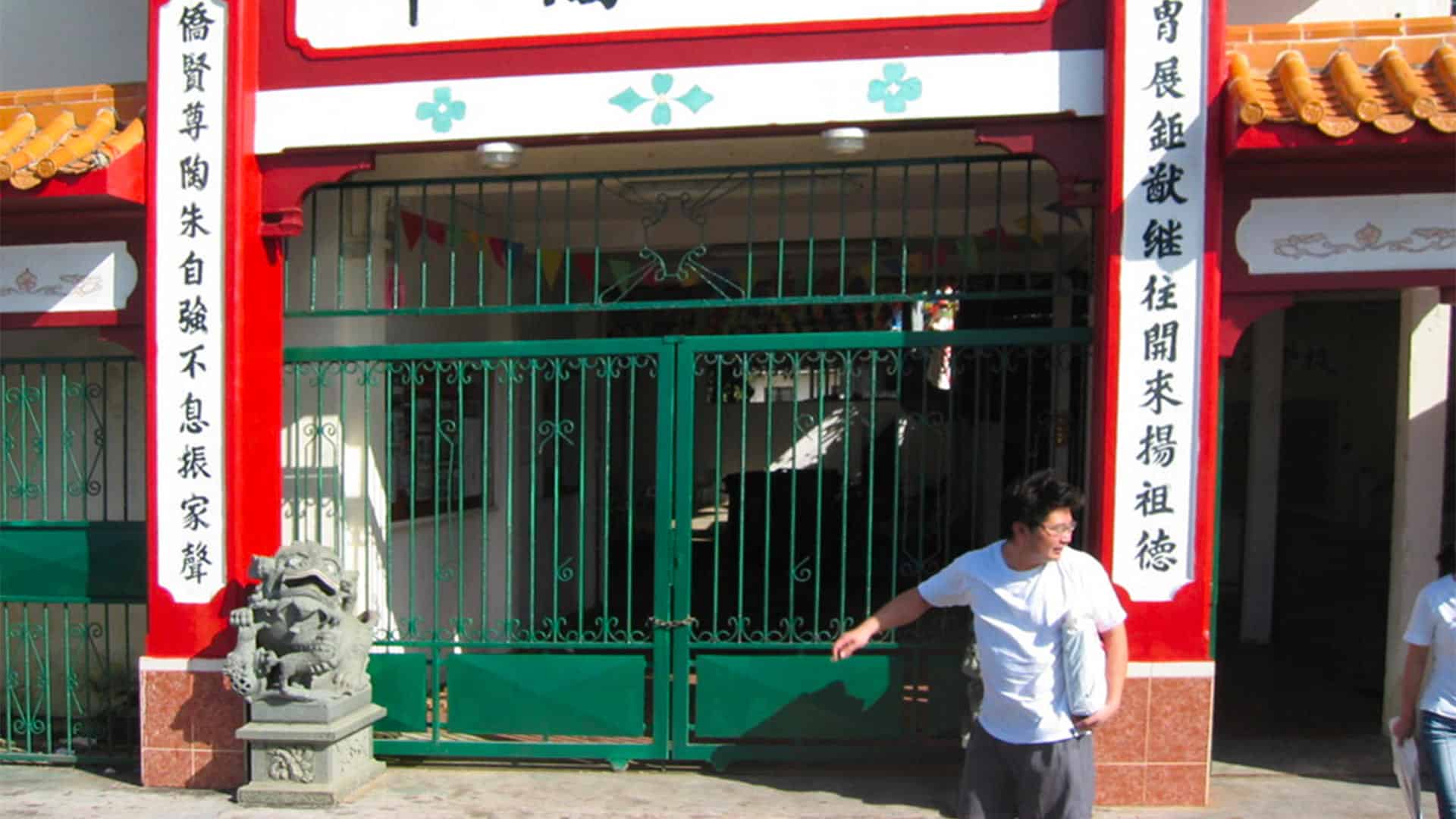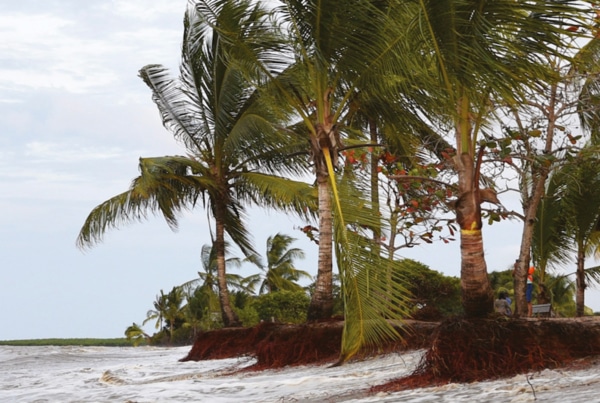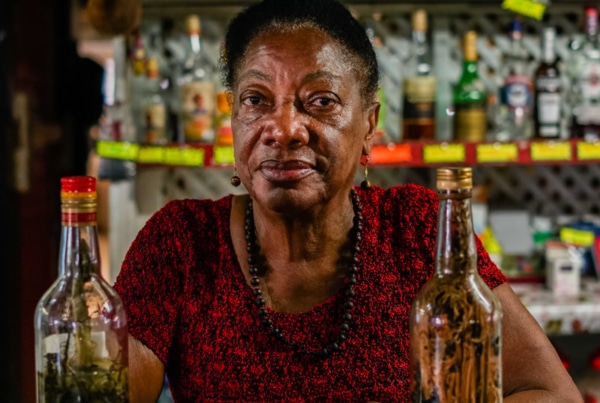
As part of the "Borders, Circulation, Interculturality and Human-Milieu Interaction" seminar, the University of Guyana welcomes Isabelle Dubost, lecturer in anthropology at the Université des Antilles, the Thursday 22 May 2025, from 6pm to 8pm, in room F108 (Troubiran campus).
Isabelle Dubost, a specialist in Chinese migration to French Guiana and Martinique, will be giving a talk entitled "Chinese in French Guiana and Martinique: migration and transnational circulation", which will shed light on the trajectories, diasporic networks and transnational circulatory territories of these communities.
An ever-changing diasporic fabric
The migratory history of the Chinese in French Guiana and Martinique is not limited to a simple movement between a country of departure and a host country. It is part of a transnational and circulatory logic, where geographical borders are crossed according to economic opportunities, family ties and generational trajectories.
These mobilities form what Alain Tarrius calls "transnational circulatory territories": a set of interconnected spaces in which Chinese families have moved since the end of the 19th century.
Three waves of migration, many different trajectories
From the first Chinese immigrants (late 19th century) to the Hakka migrations (1920s-1930s) and the more recent Zhejiangs (1970s-1995s), each wave of migration is distinguished by the way it settles, its support networks and its economic and family projects.
Isabelle Dubost explores this diversity through three dimensions of mobility:
- Initial migration, often motivated by a quest for a better life, via sometimes complex routes.
- Circulation in the Caribbean and beyond, to expand business opportunities.
- Maintained or imagined links with China, between actual returns and symbolic projections.
French Guiana as a hub in a global network
As a place of settlement, temporary anchorage or relay in a wider network, French Guyana appears as a strategic centrality in this game of circulations. It enables these populations to activate their diasporic networks while negotiating multiple identities.
Analysis of life stories shows how these trajectories are based on a strong migratory agentivity (Amar et al., 2021) and on a long-term project dynamic, between local roots and global openness.
About Isabelle Dubost
Isabelle Dubost is a lecturer in anthropology at the Martinique campus of the Université des Antilles. Taking a multi-situated anthropological approach, her work focuses on social and ethnic affiliations, as well as on the identity postures of immigrant groups and their diasporic links, namely the Chinese and Lebanese in French Guiana and the Lebanese, Syrians and Palestinians in Martinique. Her work also focuses on environmental issues in Martinique, such as dams to combat the invasion of sargassum (ANR CESAR) and land remediation to combat chloredecone contamination (ANR DEMETER).
Amar A., Aprile S., Kunth A., Lacoue-Labarthe I., 2021, "Saisir le murmure du monde. Récits de soi en migration", Hommes & migrations [On line], 1335, p. 8-9, http://journals.openedition.org/hommesmigrations
Dubost I., 2008, "La territorialité des Chinois et des Libanais guyanais", in S. Mam Lam Fouck (Ed.) Comprendre la Guyane d'aujourd'hui, Ibis Rouge, p. 601-615, https://hal.archives-ouvertes.fr/hal-01656084
Dubost I., 2019, " Chinois de Guyane et de Martinique : des mobilités sans cesse retravaillées ", Recherches Haïtiano-antillaises n°8, p.185-206, https://hal.archives-ouvertes.fr/hal02305094
Ma Mung E., 2009a, "Le point de vue de l'autonomie dans l'étude des migrations internationales: 'penser de l'intérieur' les phénomènes de mobilité", F. Dureau and M. A. Hily (eds.), Les mondes de la mobilité, Rennes, Presses universitaires de Rennes, pp. 25-38.
Ma Mung E., 2000, La diaspora chinoise, géographie d'une migration, Paris, Ed. Orphys Ma Mung E., 1994, " Non-lieu et utopie : la diaspora chinoise et le territoire ", Espace géographique, vol. 23, no. 2, pp. 106-113.
Tarrius A., 2010, "Territoires circulatoires et étapes urbaines des transmigrant(e)s", Regards croisés sur l'économie 2 (no. 8), p. 6370.




